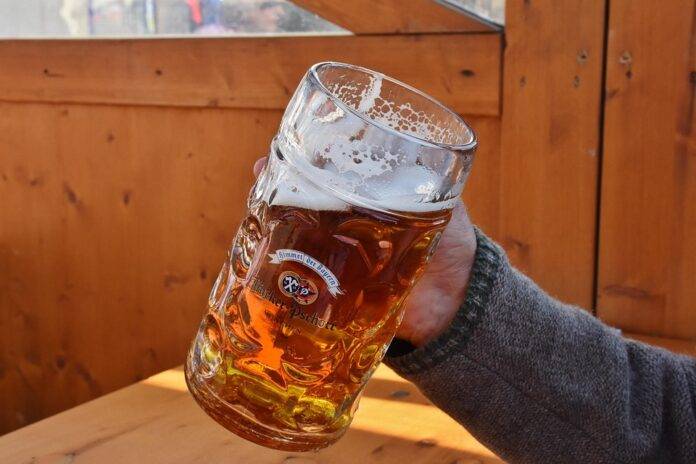Ale and Lager Fermentation: Temperature and Time Differences
When it comes to brewing beer, two of the most popular types are ale and lager. One of the key differences between these two styles is the fermentation process, which plays a crucial role in determining the final flavor, aroma, and characteristics of the beer. In this report, we will explore how ale and lager fermentation differ in terms of temperature and time.
Ale Fermentation
Ale is a type of beer that is fermented at warmer temperatures compared to lager. Typically, ale fermentation occurs between 60-72°F (15-22°C). The warmer temperatures allow the yeast to ferment more quickly, resulting in a beer that is ready to drink in a relatively short amount of time.
One of the key characteristics of ale fermentation is the use of top-fermenting yeast strains. These yeast strains work best at warmer temperatures and produce fruity and estery flavors in the beer. The fermentation process for ale usually takes around 1-2 weeks, although some styles may require longer aging periods for optimal flavor development.
Lager Fermentation
Lager, on the other hand, is fermented at colder temperatures compared to ale. Lager fermentation typically occurs between 45-55°F (7-13°C). The lower temperatures slow down the fermentation process, resulting in a beer that is clean, crisp, and smooth.
Lager fermentation utilizes bottom-fermenting yeast strains, which work best at colder temperatures. These yeast strains produce fewer fruity esters and more clean, malt-forward flavors in the beer. The fermentation process for lager is much slower compared to ale, often taking several weeks to months to complete.
Industry Insights
The brewing industry has seen a rise in the popularity of craft beer in recent years, with consumers showing a growing interest in unique and flavorful beer styles. Ale and lager are two of the most widely consumed types of beer globally, with each offering a distinct taste profile that appeals to different palates.
In terms of market share, lagers have traditionally been more popular than ales, accounting for a larger portion of beer sales worldwide. However, the craft beer movement has led to a resurgence in ale consumption, with many breweries experimenting with innovative flavors and styles to cater to consumer demand.
Financial Data
The brewing industry is a multi-billion-dollar market, with major players such as Anheuser-Busch InBev, Heineken, and Molson Coors dominating the global beer market. In recent years, craft breweries have also seen significant growth, with consumers willing to pay a premium for high-quality, artisanal beers.
The cost of producing ale and lager can vary depending on factors such as ingredients, equipment, and labor costs. However, lagers are generally more expensive to produce due to the longer fermentation times and colder temperatures required. This can result in higher production costs for lager breweries compared to ale breweries.
In conclusion, ale and lager fermentation differ significantly in terms of temperature and time, resulting in beers that offer distinct flavors and characteristics. Understanding these differences is essential for brewers looking to create high-quality ales and lagers that cater to consumer preferences and market trends.

